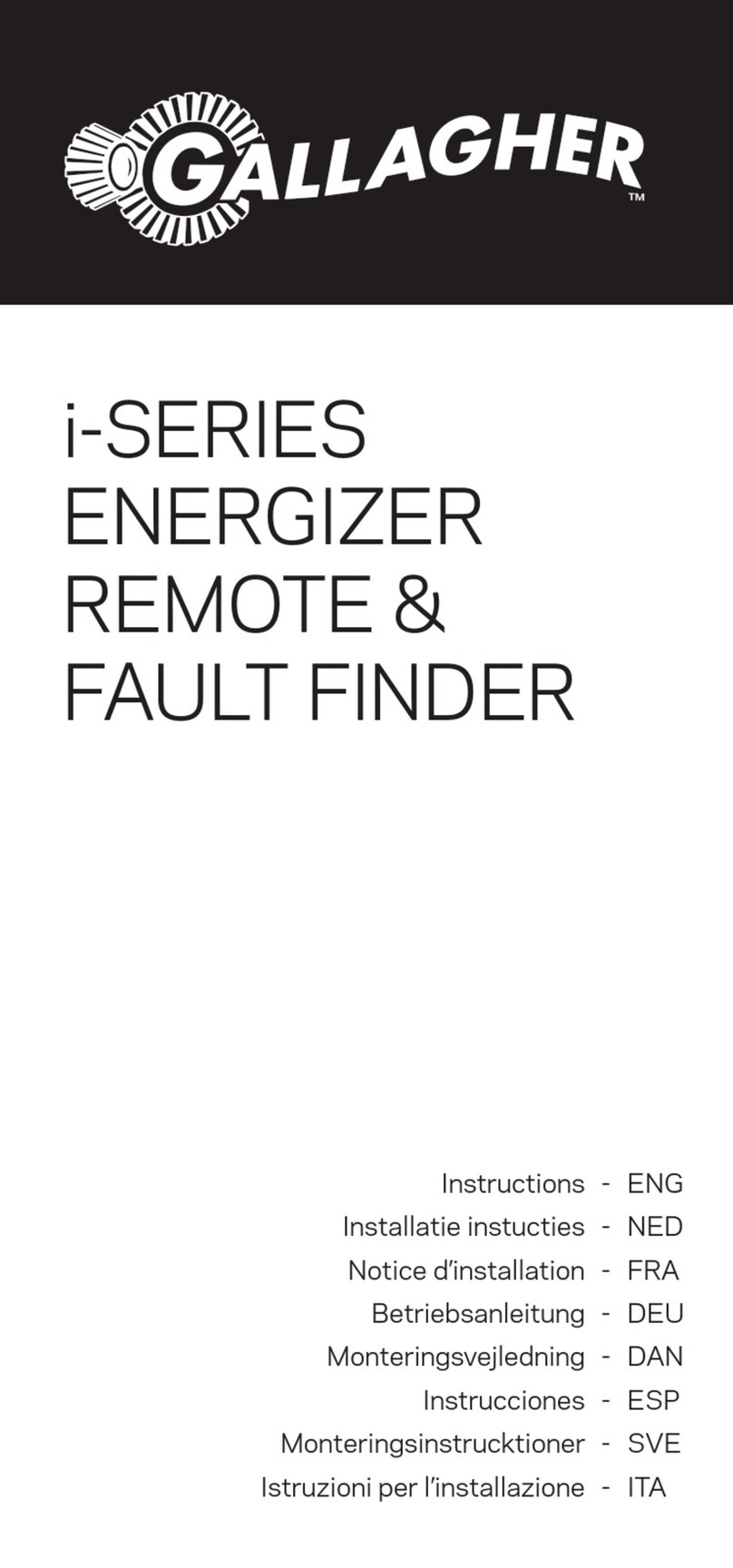
Contents
English
Specificaons .........................................................................4
Volt Meter Mode....................................................................4
Fault Finder Mode..................................................................4
Voltage Probe.........................................................................6
Earth Lead Accessory .............................................................6
Replacing the Fault Finder Baery .........................................6
Understanding your Electric Fence ........................................7
Waste electrical and electronic equipment............................8
Nederlands
Specificaes: ........................................................................10
Voltmetermodus ..................................................................10
Stroomsterktemodus ...........................................................10
Spanningssonde ..................................................................12
Aardingspen .........................................................................12
Baerij Fault Finder vervangen............................................12
Hoe werkt uw elektrische Afrastering?................................13
Afgedankte elektrische en elektronische apparatuur ..........14
Français
Caractérisques: ..................................................................16
Mode voltmetre ...................................................................16
Mode ampÈremetre.............................................................16
Détecteur de tension ...........................................................18
Fil de terre ...........................................................................18
Remplacement de la pile du détecteur de fautes ...............18
Comment fonconne votre cloture electrique ....................19
Déchets d’équipements électriques et électroniques..........20
Deutsch
Angaben ...............................................................................22
Fault-Finder-Gerätes im Voltmeter-Modus ..........................22
Benutzung Ihres Gallagher Fault-Finder- Gerätes im
Fehler-Such-Modus ............................................................22
Spannungsmess-S............................................................24
Erdungsanschluss-Zubehör ..................................................24
Fault-Finder Baerie ersetzen..............................................24
Verstehen Sie Ihren Elektrozaun?.........................................25
Elektrische und elektronische Abfallprodukte .....................26





























